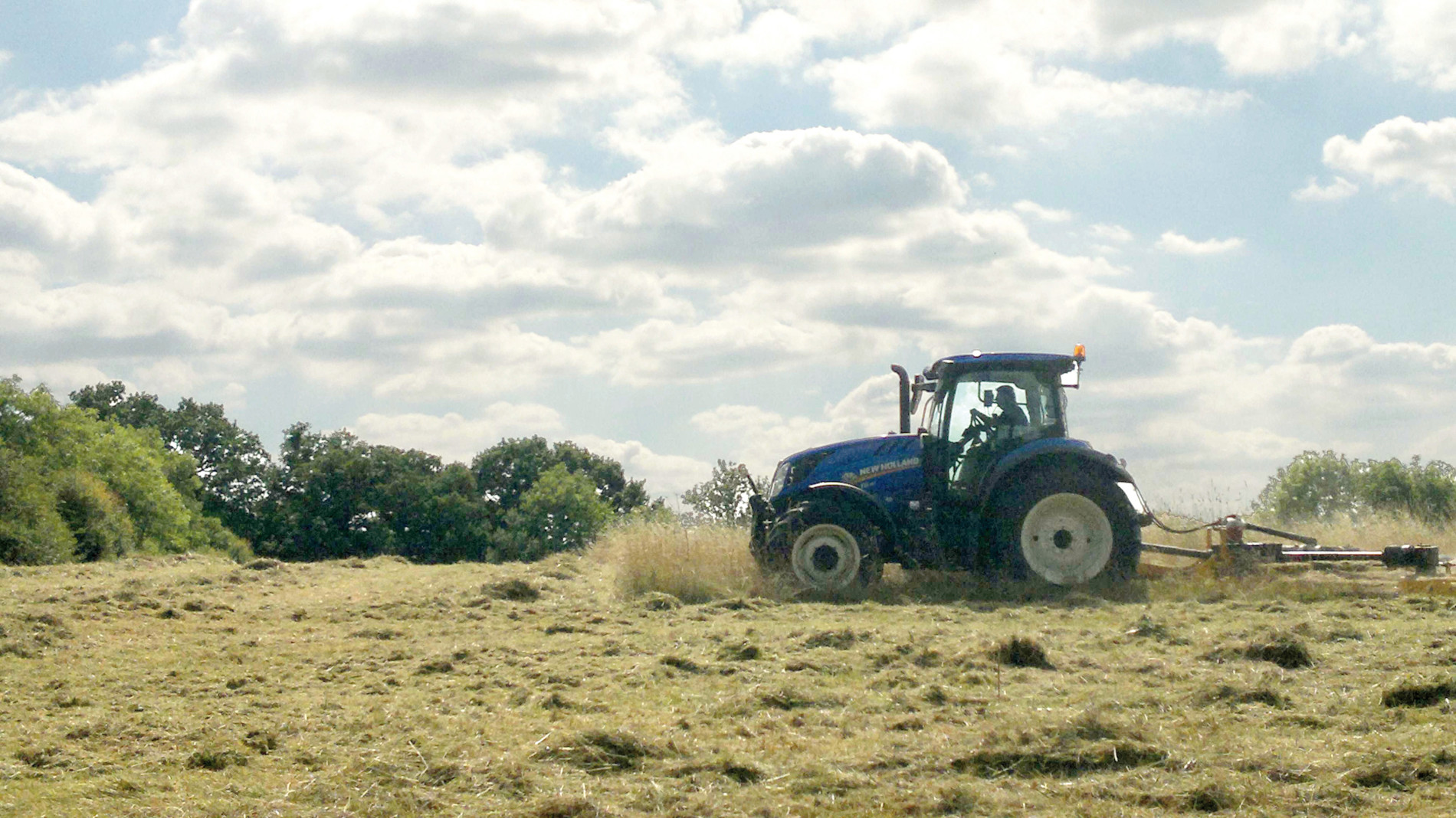The National Planning Policy Framework (NPPF) is a document which acts as the rulebook for planning. It advises Local Planning Authorities – LPAs, (usually district or county councils) and developers on what they can and cannot do when planning developments.
https://www.gov.uk/guidance/national-planning-policy-framework
In this document, the relevant section is:
Section 13 Protecting the Green Belt
Extracts of this section are:
142. The government attaches great importance to Green Belts. The fundamental aim of Green Belt policy is to prevent urban sprawl by keeping land permanently open; the essential characteristics of Green Belts are their openness and their permanence.
145. Once established, there is no requirement for Green Belt boundaries to be reviewed or changed when plans are being prepared or updated. Authorities may choose to review and alter Green Belt boundaries where exceptional circumstances are fully evidenced and justified, in which case proposals for changes should be made only through the plan-making process. Strategic policies should establish the need for any changes to Green Belt boundaries, having regard to their intended permanence in the long term, so they can endure beyond the plan period. Where a need for changes to Green Belt boundaries has been established through strategic policies, detailed amendments to those boundaries may be made through non- strategic policies, including neighbourhood plans.
146. Before concluding that exceptional circumstances exist to justify changes to Green Belt boundaries, the strategic policy-making authority should be able to demonstrate that it has examined fully all other reasonable options for meeting its identified need for development. This will be assessed through the examination of its strategic policies, which will take into account the preceding paragraph, and whether the strategy:
(a) makes as much use as possible of suitable brownfield sites and underutilised land;
147.
Where it has been concluded that it is necessary to release Green Belt land for development, plans should give first consideration to land which has been previously-developed and/or is well-served by public transport. They should also set out ways in which the impact of removing land from the Green Belt can be offset through compensatory improvements to the environmental quality and accessibility of remaining Green Belt land.*
Proposals affecting the Green Belt
152. Inappropriate development is, by definition, harmful to the Green Belt and should not be approved except in very special circumstances.
153. When considering any planning application, local planning authorities should ensure that substantial weight is given to any harm to the Green Belt. ‘Very special circumstances’ will not exist unless the potential harm to the Green Belt by reason of inappropriateness, and any other harm resulting from the proposal, is clearly outweighed by other considerations.
154. A local planning authority should regard the construction of new buildings as inappropriate in the Green Belt.
- * planting some shrubs, tree saplings and installing a green roof on the main school building – are NOT ‘compensatory improvements to the environmental quality‘ .
… some of this planting will occur on the public land, the rermaining areas of narrow and disjointed strips of land are required to provide ‘Screening’ for the huge building and development, this planting will make these public areas crowded and overgrown in time. The buildings green roof will not be accessable to the public, or even be visible.
The applicant makes great claim to the benefit to the public of this remaining area, yet the 2.6 acres ‘relinquished’ by the amended application to mitigate the huge loss of Green Belt, is fenced off with a 2.4 mt fence, and a security guard box. This is NOT ‘accessability of remaining Green Belt Land‘.

